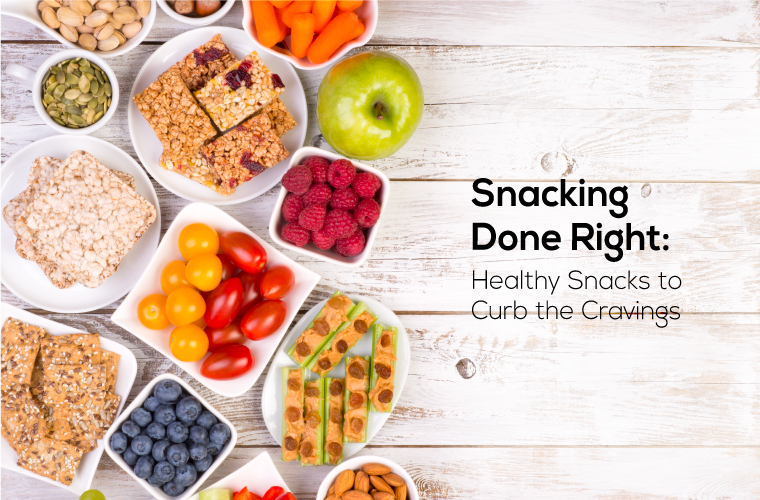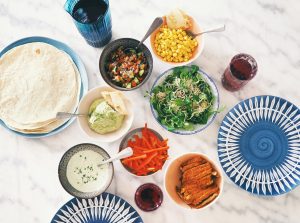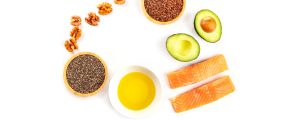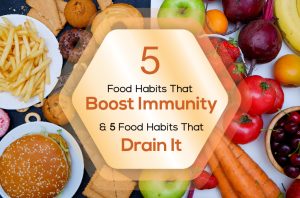Eat breakfast like a king, lunch as a prince, and dinner as a pauper has stuck around for a long time with its undying popularity, but where are the snacks? Snacks serve an important purpose like satiating cravings, decreasing hunger, and providing a quick boost of energy.
Over the years, snacking has evolved from being a necessary pick-me-up to a quick solution for the food cravings. This habit of reaching out to a quick treat/ bite every time we feel the urge to eat something has led to the development of a few bad habits that have the potential to affect our health negatively.
Our snacking habits generally doesn’t concern itself with portion control and serving sizes and there is a little awareness about the importance of mindful eating and reading labels. The subsequent lack of portion control coupled with irregular eating timings and the incorrect choice of snacks have further complicated the matter. The foods that we often consume for snacks are processed food with low nutrition values and high sugar, salt and fat content.
Wondering how do the daily snacks affect our health? Dive right in to find the snacks to avoid and the healthy snacks to include in daily diet.
Snacks to avoid
1. Potato Chips and Namkeens
The ingredients for packaged potato chips are simple: potato, vegetable oils, a mixture of spices and condiments, some salt to improve the taste and certain preservatives. However, a closer look at the product labels narrates a different story – A 100 g serving size of potato chips would typically have 50 – 60 g of carbohydrates, 30 – 40 g of fat of which 40-45% is saturated fat and 800 – 1000 mg of Sodium. 1000 mg Sodium is approximately 50% of our daily RDA as prescribed by the Indian Council of Medical Research.
Potato chips and Namkeens are known to have a high amount of saturated fats, sodium and sometimes not so beneficial preservatives.
Consumption of saturated fats is often associated with an increase in LDL cholesterol levels and cardiovascular diseases [1]. However, the clear effects of saturated fats are still a matter of debate. High sodium intake, on the other hand, has been found to breed bloating and cause hypertension.
2. Cookies and Confectionary
From cream filled to chocolate chip and sugar sprinkled nice variants, most cookies come chock-full of multiple sources of sugars, added flavours, and artificial ingredients. Chocolate chip cookies offer a measly 5.9 g of protein but 73.3 g of carbohydrates per 100 g portion size. One serving amounts to 30 g of cookies, meaning the smallest packets are the best bets for occasional treats.
However, the high sugar content due to artificial sweeteners in cookies and confectionery food items can contribute to the decay of the tooth enamel. Sugar attracts bacteria and lowers the pH of the mouth, eventually leading to rotting teeth and cavities. Studies have reported that frequent consumption of sugar items can lead to dental problems [2].
3. Soft Drinks
Soft drinks often come in flashy colours, are “tasty” to drink and their creative adverts are bound to make you want to grab one. Soft drinks might be tempting but only offer empty calories with large amounts of sweeteners, preservatives, colours, added flavours and sometimes, caffeine too. Per 100 ml, all 11 g of carbohydrates come from added sugars.
Continuous consumption of soft drinks is associated with weight gain, dental erosion, tooth decay, insulin resistance and an increased risk of type 2 diabetes [3].
Recent research on sugar intake has suggested that that sugar is addictive, causing a surge of dopamine (pleasure hormone) in the brain. The feel-good feeling due to dopamine release can fuel addictive behaviours [4].
4. Ready-To-Eat Foods and Instant Noodles
Instant noodles and vacuum sealed pouches of readymade dishes are of the biggest carriers of sodium, with 100 g of instant noodles containing over 1200 mg of sodium. That is approximately 60% of an adult’s RDA! It is especially concerning since children tend to gravitate a lot towards instant noodles and one packet of instant noodles is more than enough to cater to their daily sodium intake. Moreover, the individual ingredients are highly processed, ranging from refined flour, palm oil, thickening agents and seasonings. Instant noodles may also contain allergens like soy, nuts or dairy.
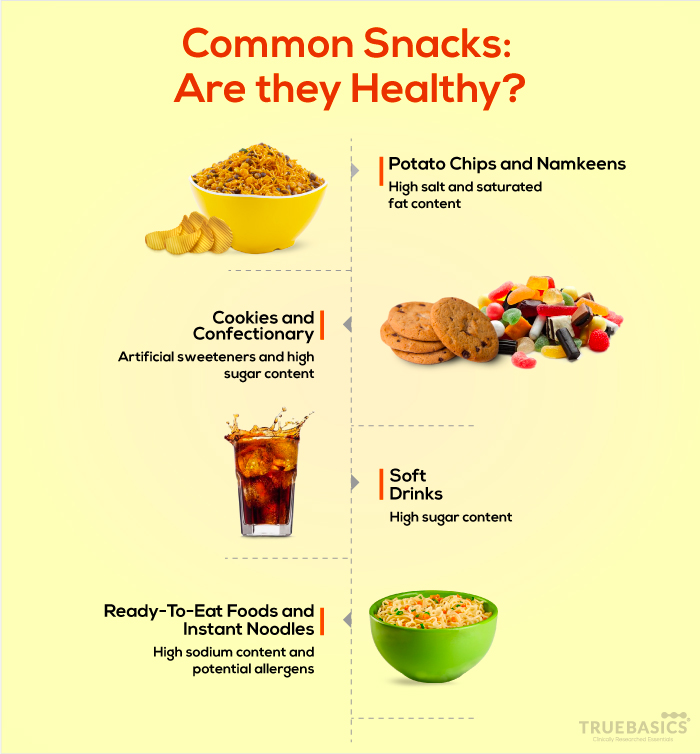
Super Snacks: Healthy snacks to curb the cravings
Do your snacking options also fall under chips, cookies, soft drinks, and instant noodles? Fret not, there are plenty of accessible and healthier options available that can satiate cravings and provide timely sustenance. Include the following foods as healthy snacking alternatives.
1. Hard-boiled eggs
Eggs are very versatile, and hard-boiled eggs are great for snacking and as toppings. Apart from being a rich source of protein (12.6 g per 100 g portion), eggs house multiple vital micronutrients such as Vitamin A, Vitamin B-complex, Phosphorus and Selenium. Other important antioxidants in hard-boiled eggs include choline, lutein, and zeaxanthin, all of which are essential for maintaining a healthy nervous system and protecting the eyes.
2. Beverages like Green Tea and smoothies
If you find yourself craving a beverage, you can consider opting for a green tea or a homemade smoothie. Smoothies can be customized to include Greek yogurt, fruits, non-dairy milk alternatives, oats, cocoa, and supplement powders. Considering that one can whip a smoothie up in no time and with whole ingredients, all concerns about artificial additives and sugars can be tackled. Furthermore, the inclusion of fruits and green vegetables, like spinach and kale, increases the nutritive value to include a wide range of Vitamins and Minerals.
Green tea is another stellar choice due to its polyphenol contents, which have been proven to reduce inflammation and combat free radical damage.
3. Dark chocolate
Step away from the sugary chocolates and instead grab the dark chocolates for the cravings. 100 g of high-quality dark chocolate, with 70-85% cocoa content provides 3.34 mg of zinc, 230 mg of magnesium and 12 mg of iron, which collectively amounts to approximately 33%, 74% and 57% of the RDA for an adult woman. Additionally, dark chocolates are loaded with antioxidants. Studies also suggest that cocoa might have a better antioxidant capacity than berries [5].
4. Nuts and seeds
Nuts and seeds are nutritional powerhouses and pack key vitamins, minerals, healthy fats and are also easy sources for a quick boost of energy. A handful of nuts and seeds can be munched on directly, added to smoothies, salads, nut butter, breakfast cereals and so on.
Almonds, walnuts, peanuts, cashews, sesame, chia, flaxseed, sunflower, and pumpkin seeds offer a fantastic blend of omega-3, Vitamin B9, and Vitamin E that combat free radical damage, maintain our cognition and strengthen us from within. Nuts are also a rich source of Calcium and help in maintaining bone strength
5. Fruits and vegetables with dips
The easiest and simplest choice of snack is a fruit with nut butter or veggies with hummus. These nibblers are satisfying, healthy and convenient. They combine the freshness and crunch of the fruits and vegetables, bursting with essential micronutrients like Vitamin B-complex, Beta-carotene, Vitamin C, etc, with the richness and satiety of dips. Almond butter and all-natural peanut butter are easily accessible in the markets, while hummus can be store-bought or made easily at home using sesame seeds and chickpeas.
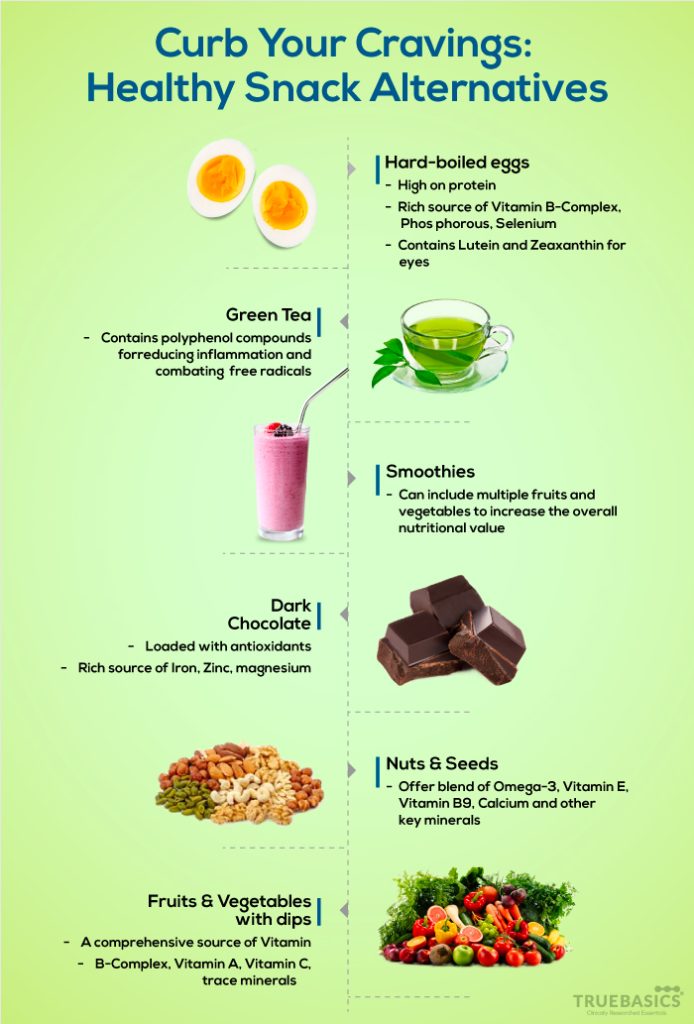
In Conclusion…
Snacking is important to fulfil the body’s energy need, but bad snacking choices can lead to weight gain, acne, bloating and long-term problems like insulin resistance, hypertension, and tooth decay. Smarter snack choices, along with mindful and regular eating in the right serving size, can lead to a reinforced immune system, better quality of the skin and cardiovascular system amongst other benefits.
Sources:
[1] https://www.ncbi.nlm.nih.gov/pmc/articles/PMC5475232/
[2] https://www.ncbi.nlm.nih.gov/pubmed/14972061
[3] Tahmassebi, J.F. & BaniHani, A. Eur Arch Paediatr Dent (2019). https://doi.org/10.1007/s40368-019-00458-0
[4] https://www.ncbi.nlm.nih.gov/pubmed/20495452
[5] Crozier, S.J., Preston, A.G., Hurst, J.W. et al. Cacao seeds are a “Super Fruit”: A comparative analysis of various fruit powders and products. Chemistry Central Journal 5, 5 (2011). https://doi.org/10.1186/1752-153X-5-5

